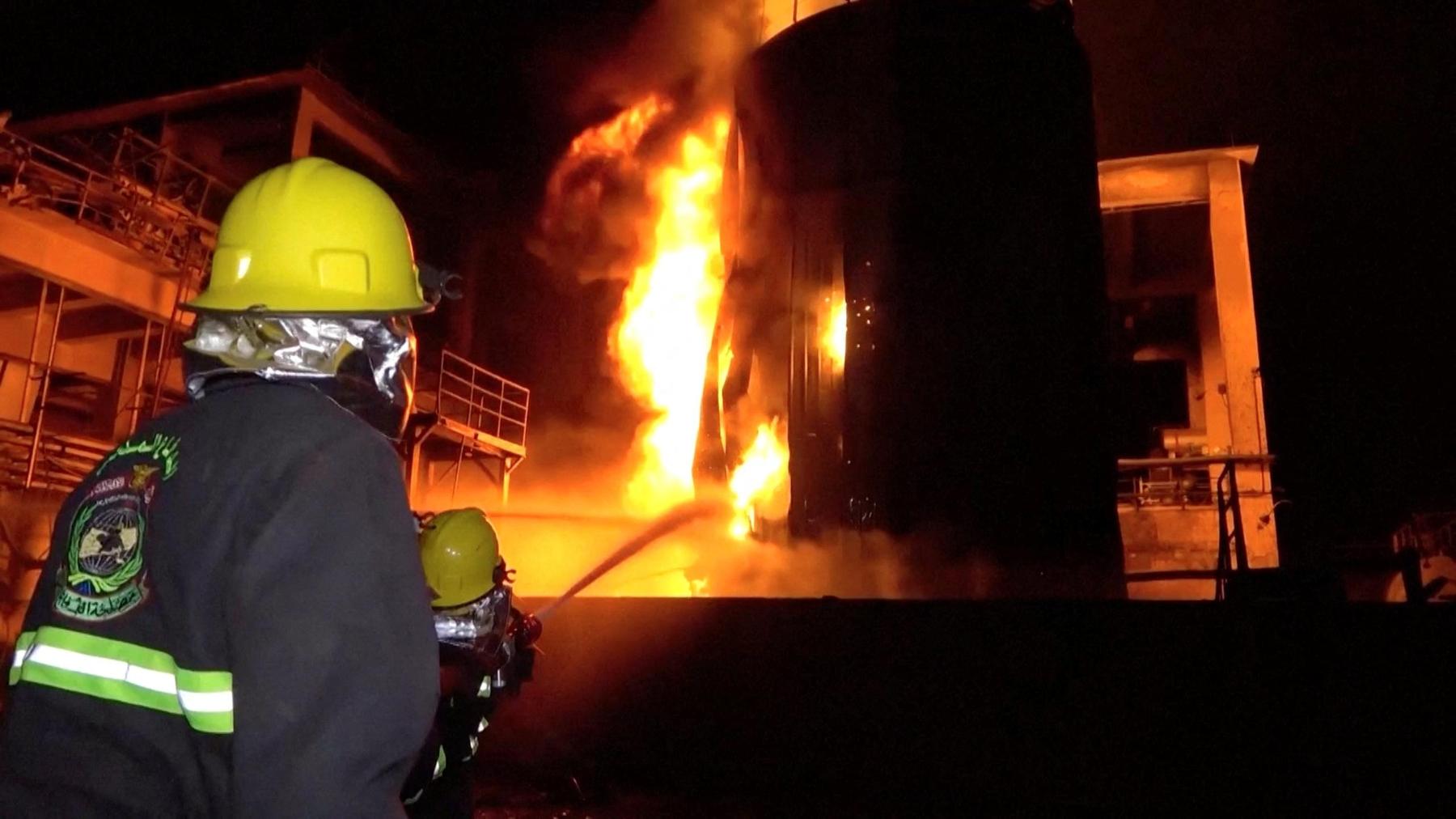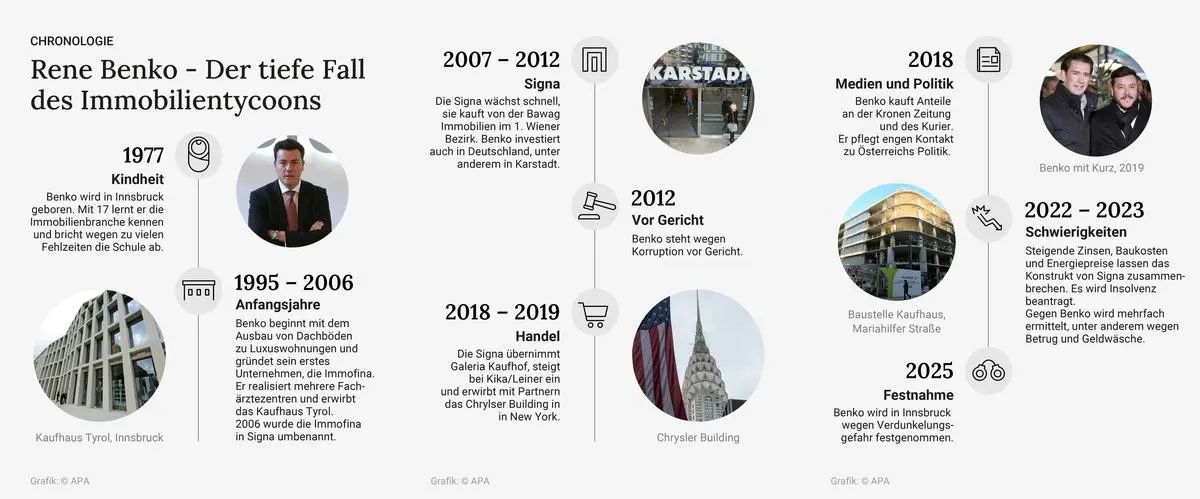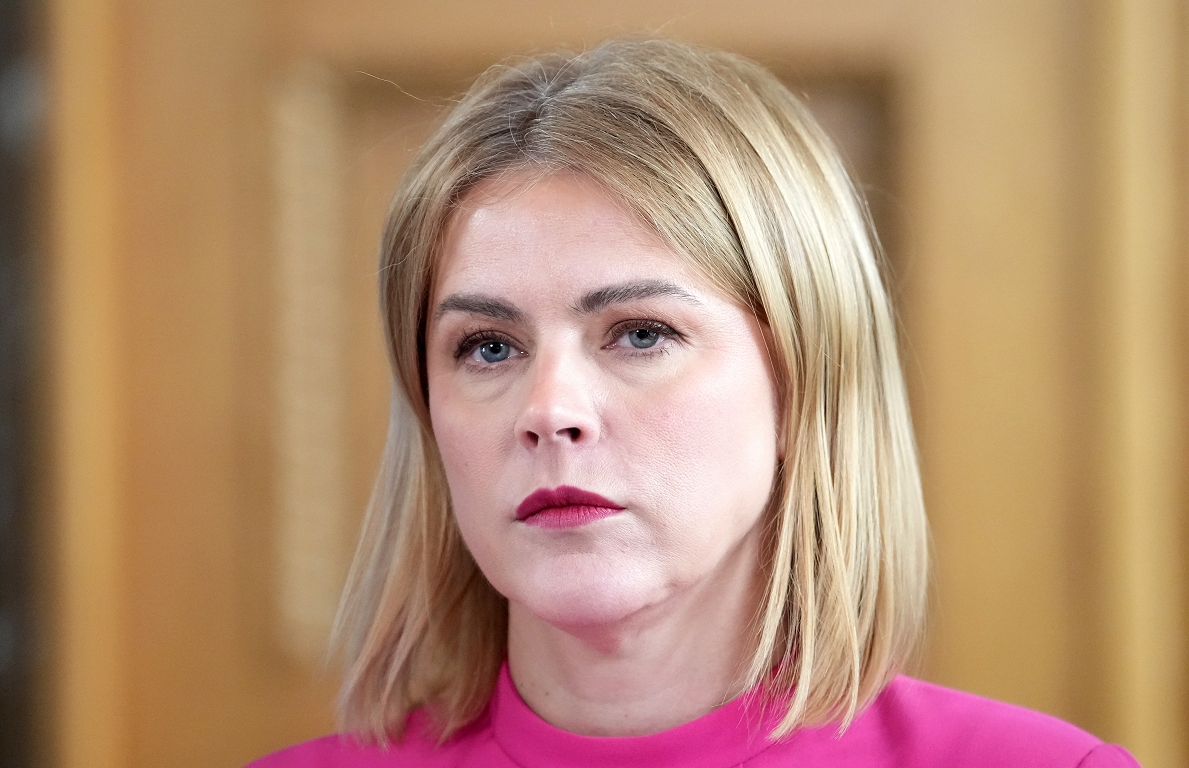Ideal type of an artist village – Diepresse.com

The place has been attracting creative sizes for more than 60 years. And is still an insider tip. Visiting the artist village in Neumarkt an der Raab, quietly located in southern Burgenland.
Around an orchard in Neumarkt an der Raab, a few historical farmhouses are so harmful that some visitors keep the ensemble for the town center. But most of them were originally elsewhere and were gradually being shipped here to keep them from demolition – and to use them as studio houses for the artist colony, which has been created here in the far south of Burgenland since the 1960s. When Petra Werkovits, the director, leads around, she likes to begin in the oldest house on the square, in which Peter Handke once wrote « the fear of the goalkeeper at the penalty ». When Wim Wenders filmed the story on the spot, he also lived in the old Streckhof made of stamped clay with soot -blackened smoke cake.
In the anteroom, photos and submissions are reminiscent of all the writers, painters, musicians who were guests here. Werkovits takes off the parade: « Here we have Wolfgang Bauer, Peter Turrini. There is Feri Zotter, the founder, who was a Neumarkter. Ernst Jandl and Friederike Mayröcker were also here, we have Martha Jungwirth and Alfred Schmeller. Giuseppe Sinopoli always cooked, here you can see him with Barbara Frischmuth and H. C. Artmann. Melanzani was a body meal. » As if by itself, the tour of the WHO’s who of the Austrian art and culture scene of the past decades is. It would be easier to list who was not here.
South Burgenland hills, Pannonic width
To this day, Neumarkt continues this tradition, but now also grants laypeople asylum, which occupy seminars from print graphics to sculpture. While individual artist residences and events extend all year round, the popular art courses usually take place in summer. The guests not only live and cook in the straw -covered houses, but also work, pottery and write to their heart’s content. This time, 14 guitarists have gathered to practice in the art of Gipsy Swing. The course management has one of his best -known representatives, Diknu Schneeberger.
« If you watch it printed, you could ask for admission to it, that’s so exciting. »
Petra Werkovits
Head of Künstlerdorf Neumarkt an der Raab
“Gipsy Swing is the music of the Sinti and was shaped by Django Reinhardt. It is determined by this groove,, who simply touches the heart. » With Julian Wohlmuth and Andi Sagmeister, two more renowned jazz guitarists are at the end of the cinema in the morning in smaller groups.
From the astrocentric perspective, the village lies as far as possible from the shot, but Europeans in the heart of the continent. Hungary and Slovenia begin on the doorstep, Zagreb is closer than Vienna. At the latest the second look shows that another, unknown Austria begins here – open, far, far, quiet. The last surveys of the Alps deny in swings hills. Not the height makes dizzy, but the vastness. The Raab also behaves very differently than all the mountain rivers, meanders gently towards the Pannonian lowlands.
Manual
At the time of the Iron Curtain, a few local heroes tried to lure artists into the structurally weak south castle. They came in droves – many temporarily, several in the long run. After all, according to Werkovits, a real art society was « in a density that is hardly the case otherwise somewhere in rural areas. »
« /> Diknu Schneeberger and Julian Wohlmuth at Gipsy Swing. Stefan Schomann
One who has always been here is the sculptor and landscape artist Peter Pilz, who lives in the former courtyard of his grandparents on a nearby hill. « They had three cows, a few pork, small cattle. Like almost all in this area, they were self -catering, there was no industry. » This mildness and unpotes still appeal to artists: « When very young come, away from the academy or students who start working immediately, that’s the nice thing about it. » He created his first big work after the fall of the Iron Curtain. Two Hungarian watchtowers, which had now been thrown by the story to the old iron, he welded together to a 25 -meter -high sculpture, posted it on the lowest point of the steep terrain and led them to absurdity through this degradation. The most peaceful place far and wide.
Memory of Roma settlement
Pilz explains the magnetism that this area is on artists with a kind of elective – here and is always a lot of manual work: « You saw that people everywhere in the landscape or on the houses. You could see that something new is created. » Excited across the slope, an installation is reminiscent of a Roma settlement that existed here near 1940. « Then they were deported and killed. Later people turned it under the carpet. » Pilz finally built a stylized village with five or six houses that have designed different artists. « Now the visitors are dealing with it again. » Among the many peoples of this region, the Sinti and Roma were always most vulnerable.
Diknu Schneeberger, who leads the guitar workshop below with Vera, is also a lot because of keeping aware of their culture: « I am a Sinti and also one Jenic; that is two different moving peoples. My father gave me their music. And it is my responsibility to keep them alive. »

« /> Exploration of the environment: canoeing on the Raab. Stefan Schomann
The musicians discreetly make the whole area sound, often sit together under the fruit trees in the evening and improvise on their guitars while grilling take over the background. If the employees tidy up the next morning, you already know that the jam session has been stimulated.
High quality print
The artist village is freely accessible, more framed by a small hedge. In the 1970s, a farmer once drove his tractor together with hay wagons into the ditch, so the sight of a group surprised him. The free movement of the bohemian was a curiosity for the villagers at the time. Crime writer Bernhard Aichner, who also fell into the quiet charm of the South Burgenland, has already taken the course. When he once took part in a lithography course out of curiosity, he found this landscape so inspiring that he bought a house for himself and his family on the edge of the village. « The population here has lived with all the artists for decades. They are used to the fact that weird guys run around; the cooperation works wonderfully. »
The spacious printing workshops are among the best in Austria. They are available all year round, but are strongly frequented in the summer courses, for introduction to the craft as an invitation to the experiment. Petra Werkovits always includes them on her tour: « We have pressed here for high-pressure and gravure printing, » she explains the impressive devices, « including a cast iron knee lever press from 1890. » The neighboring workshop for lithographing fascinates: « If you watch there when printing, you could ask for admission, it is so exciting. »
A kind of school of seeing
The project was financed by the municipality and the affiliated cultural association for many years, and it was mostly at cash. For some time now, the country has also contributed this showcase facility. And courses and events bring small income. The offer is wide: « The many holidaymakers who stop by with us are amazed at the quality of the concerts, readings, film screenings, discussions. » The former village school serves as a gallery as for tango and theater courses. In general, the artist village saw itself as a school of vision from the start as a aesthetic educational and meeting place.
On the last evening of the guitar workshop, everyone gives a concert together. This tasting of Pannonian lifestyle enjoys the 50 visitors in the fruit meadow – and take a long -wing joy from this small world of Burgenland.
Courses, events: kuenstlerdorf.netInfo: burgenland.info,, suedburgenland.info.







